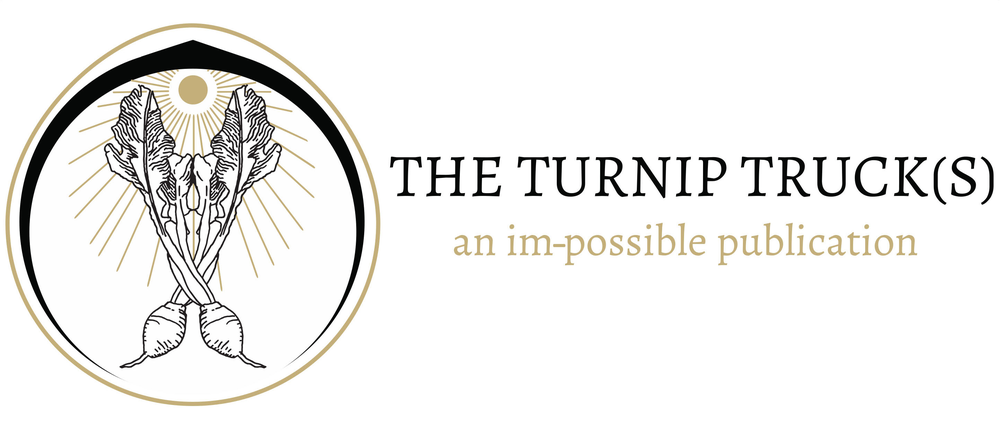The Walt Disney Company is the third largest global media conglomerate, and so it might be easy to detest it given the current economic climate. However, the story of Walt Disney, the singular man with an abundant imagination, embodies the possibilities that live within the American Dream. Furthermore, despite Disney’s cultural co-opts and its capital coups, Disney’s 1940 animated film Fantasia brought to the screen a previously unimagined visual interpretation of Pyotr Ilyich Tchaikovsky’s 1892 score for The Nutcracker ballet. The ballet itself was initially unsuccessful, yet Tchaikovsky’s extracted suite was an instant success. The ballet as a whole has experienced serious popularity in North America since the 1960s (particularly around the holidays), and major American ballet companies earn approximately 40% of their annual revenues from performances of The Nutcracker. Could the $76.4–$83.3 million box office grossing Fantasia have had something to do with this? Nevertheless, Disney animators recreated the suite with all sorts of visual delights. “Dance of the Sugar Plum Fairy,” the Act 2 pas de deux, is especially notable for its scenes of colorful dew drop fairies dousing flowers and webs with the spirits of water and light, such simple, minimal elements that, even in times of darkness, sustain the lives of plants, animals, and humans alike.
